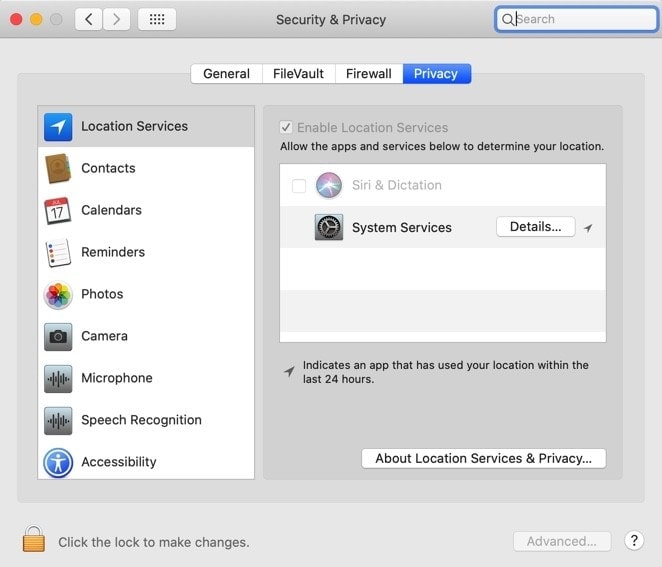The macOS operating system has gained immense popularity over the years, known for its sleek design, user-friendly interface, and robust performance. However, the same factors that make Macs so attractive to users also make them appealing targets for cybercriminals. Mac security is no longer something you can afford to overlook.
In this blog post, we’ll take you through the essential steps to mastering macOS security and safeguarding your Mac and precious data. From built-in macOS features to third-party tools, we’ve got you covered. Let’s dive in.
Understanding the Mac Threat Landscape
Before we get into the nitty-gritty of Mac security, it’s crucial to understand the threat landscape. While macOS is generally considered more secure than some other operating systems, it’s by no means invulnerable. Here are some common threats Mac users face:
- Malware and Viruses: Macs can be infected with malware and viruses, even if less frequently than Windows PCs. Threats like adware, spyware, Trojans, and ransomware exist, and you need to be prepared.
- Phishing Attacks: Cybercriminals often use social engineering tactics to trick Mac users into revealing sensitive information, such as login credentials or credit card details.
- Data Breaches: With the growing amount of personal and sensitive data stored on Macs, data breaches can have devastating consequences.
- Outdated Software: Running outdated software or failing to apply security updates can leave your Mac vulnerable to known vulnerabilities.
Now that we have a clear picture of the potential threats, let’s explore how to protect your Mac and data.
Mastering macOS Security: Protecting Your Mac and Data
- Keep Your macOS Updated
Apple regularly releases security updates and patches for macOS. These updates fix vulnerabilities and protect your system from known threats. Ensure that your Mac is set to receive automatic updates or regularly check for updates and apply them promptly. - Use Strong Passwords and Two-Factor Authentication (2FA)
A strong password is your first line of defense. Ensure that it’s unique, complex, and not easily guessable. Consider using a reputable password manager to generate and store your passwords securely. Additionally, enable Two-Factor Authentication (2FA) wherever possible for an extra layer of protection. - Beware of Phishing Attempts
Phishing attacks can trick even the most cautious users. Always be skeptical of unsolicited emails, messages, or website links. Verify the authenticity of the sender or website, and never provide personal or financial information unless you are certain of the source. - Install a Reliable Antivirus Software
While macOS is generally less susceptible to malware, it’s not immune. Installing a trusted antivirus program can provide an additional layer of security, scanning for and removing threats in real-time. - Utilize Built-in Security Features
macOS comes with robust built-in security features, such as Gatekeeper, XProtect, and FileVault. Gatekeeper helps protect your Mac from running potentially harmful applications, XProtect scans for known malware, and FileVault encrypts your data. Ensure these features are enabled and properly configured. - Backup Your Data
Regularly back up your Mac using Time Machine or a cloud backup service. In the event of a security breach or hardware failure, you can restore your data without a hassle. - Secure Your Network
Your network is a vital part of Mac security. Set a strong Wi-Fi password, use a reputable VPN for online privacy, and consider enabling a firewall to control incoming and outgoing network traffic. - Practice Safe Browsing
Exercise caution when browsing the internet. Use ad-blockers and privacy-focused browser extensions, and avoid downloading software or files from untrustworthy sources. Stick to secure, encrypted websites for online transactions and sensitive activities. - Secure Physical Access
Don’t forget the physical aspect of security. Keep your Mac in a safe place, and if you need to leave it unattended, use a password-protected screensaver. For MacBooks, consider a locking cable or secure carrying case. - Educate Yourself and Stay Informed
The threat landscape is constantly evolving. Stay informed about the latest security threats and best practices. Regularly educate yourself about new threats and how to defend against them.
The Role of Third-Party Security Tools
While macOS offers a robust set of built-in security features, some users may require more advanced protection or specific features. Here are a few third-party security tools that can enhance your Mac’s security:
- Little Snitch: This firewall application monitors your network traffic and helps you control which apps can access the internet.
- Malwarebytes: A well-known antivirus tool that can provide an additional layer of protection against malware and adware.
- NordVPN: A trusted VPN service that encrypts your internet connection and helps maintain your online privacy.
- 1Password: A comprehensive password manager that securely stores your passwords and generates strong, unique passwords for each of your accounts.
Conclusion
Your Mac and the data it holds are precious. Mastering macOS security is an ongoing process that requires vigilance and proactive measures. By keeping your macOS updated, using strong passwords, staying informed, and leveraging third-party security tools, you can significantly enhance your Mac’s security and protect your valuable data. Remember, the best defense is a proactive one. Stay secure, and enjoy the peace of mind that comes with a well-protected Mac.




